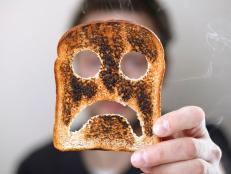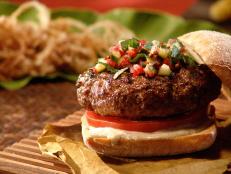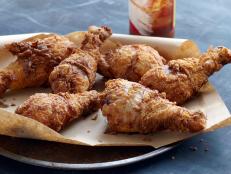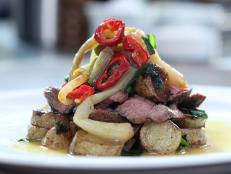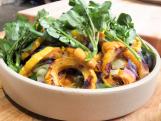Essentials: Chocolate Basics
Satisfy that chocolate craving in your very own kitchen. All you need is baking chocolate and a little know-how. It also helps to know a few clever tasting terms.

Tasting
Taste chocolate before you bake with it, and gravitate to the types you enjoy. Here's how professional chocolate tasters break chocolate down:
- Appearance – how it looks; shiny, dull, etc.
- Aroma – how it smells; hints of quality ingredients
- Break – how it snaps when broken apart
- Melt – how easily it melts for baking
- Taste – bitter, sweet, salty, etc.
- Aftertaste – the taste after the taste
- Texture – smooth, brittle, grainy, etc.
- Roundness – fruit qualities, spices and depth
Types
Bittersweet – lends an intense chocolate flavor, but can lack the roundness needed for chocolate mousse or truffles; great for bundt cake, soufflé or any recipe where the chocolate has to stand up to other ingredients
Semisweet – has rounder, fruitier qualities that work well in mousses, truffles and recipes that depend heavily on the chocolate flavor
Unsweetened – also called "baking chocolate," it's used for recipes like brownies, where granulated sugar is added; because it's so bitter, it can be hard to judge by taste, so check its appearance and aroma
Milk – sweet chocolate; not used as much in baking/cooking; lacks the health benefits of dark chocolate
White Chocolate – technically not chocolate, because it's made from cocoa butter, not cocoa solids; consider using for decorative purposes or the occasional nibble
Cocoa Powder – primarily used in baking, comes in two styles: natural (non-alkalized), and Dutch-processed (alkalized); natural has a "direct" chocolate flavor, while Dutch is mellower
Chips & Chunks – designed to hold their shape during baking, so not a good substitute for chopped bittersweet or semisweet chocolate
Storing
Keep chocolate wrapped in a cool, dry place — not the refrigerator. Milk chocolate keeps for up to a year. Dark chocolate keeps for even longer.
When those white dots or streaks appear on the outside, it's because the cocoa butter has separated. That's called "blooming," and it's still totally safe to eat.






